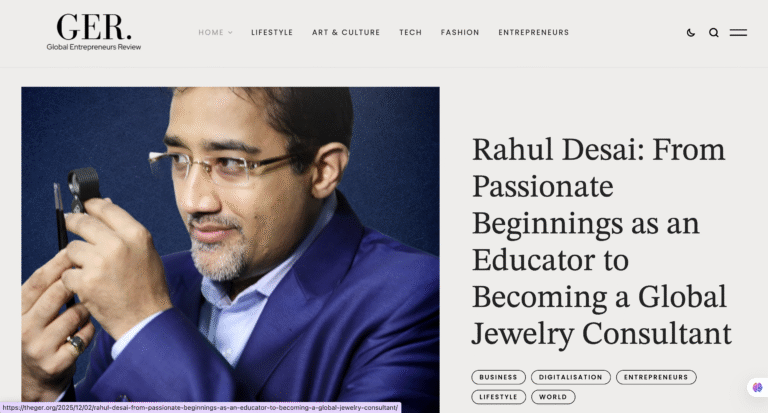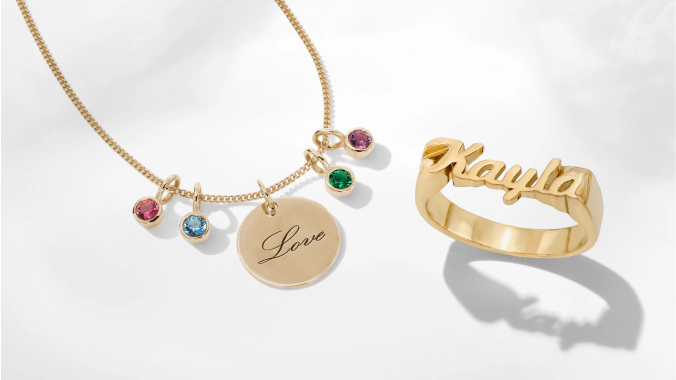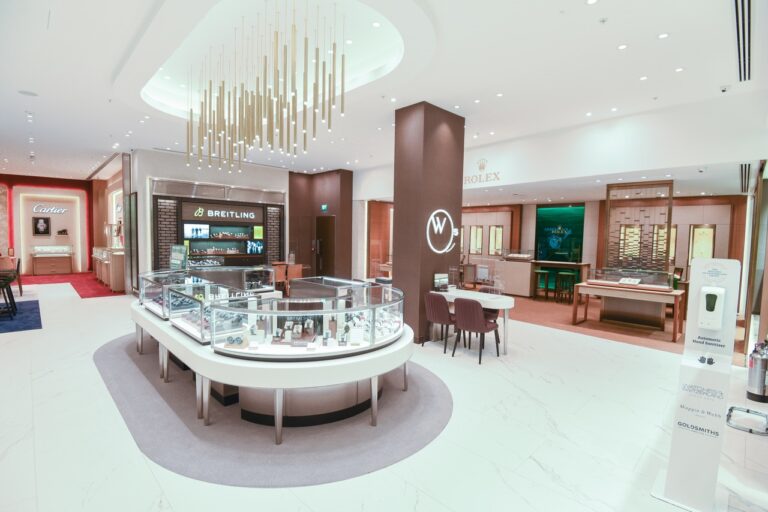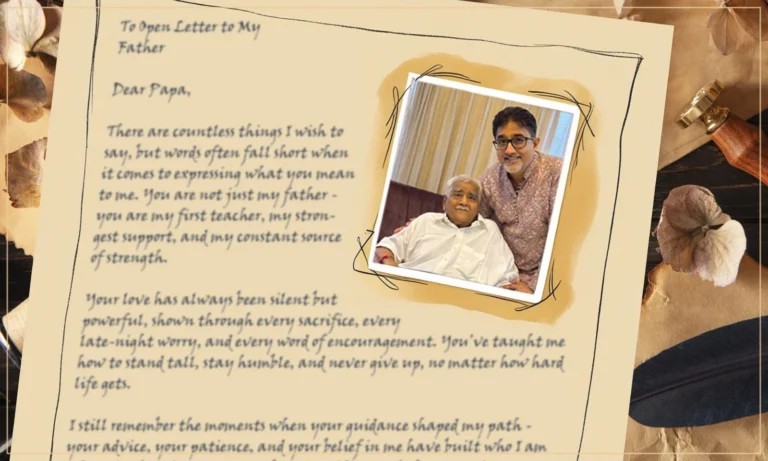No products in the cart.
The allure of rubies and ruby jewelry is so strong that it has worked its way into all the cultures of the world from the beginning of history up to modern time. Whether it’s amazing mining locations, inclusion in royal jewels or mythical lore, rubies have been in the limelight for many centuries.
Rubies have been treasured by both ancient and modern cultures as a precious gemstone known for its beautiful red hue and passionate sparkle. Rubies have been associated with passion, love as well as beauty and wisdom. In the ancient language – Sanskrit of India, ruby is in fact called the “Ratnaraj” or the “King of precious stones.”


Rubies are known for their hardness and density which makes them a valuable addition to jewelry. However, some ancient cultures also used rubies in other forms or to symbolize other. For example, in Burma (now called Myanmar), warriors carried rubies, making them see that they were invincible in battle. They did so by inserting them into their flesh before leaving home. Ancient Hindus also believed that those in possession of a ruby would be afforded protection and safety. Those who offered rubies as gifts to the gods would be blessed with a high position in their next life. Historical records indicate that rubies were being sold along the Silk route in China as early as 200 B.C. Chinese warriors adorned their swords with rubies for protection. They were also put in the foundations of buildings to ensure prosperity. Many ancient peoples also believed that the ruby had mystical properties when worn on the left side of the body. This would allow the wearer to live peacefully and be saved from all perils. Through the ages, people believed that rubies had magical powers. In the Middle Ages, people believed that gems found with carved images existed that way naturally.
The Mogok Valley in Upper Myanmar (Burma) was for centuries the world’s main source for rubies. That region has produced some exceptional rubies, however, in recent years few good rubies have been found. In central Myanmar, the area of Mong Hsu began producing rubies during the 1990s and rapidly became the world’s main ruby mining area. The most recently found ruby deposit in Myanmar is in Namya (Namyazeik) located in the northern state of Kachin.
The red color of ruby was famous for many centuries, it was not separated from other red gemstones like garnet, tourmaline, and spinel prior to the 1800s. Generally, the red spinel was not having its own identity until the 18th century, “Balas Ruby” is the name given to red spinels that were thought to be rubies prior to the 18th century. Over time, many large rubies were mined and understood to be a Ruby was Spinel, Black Prince Ruby, Timur Rubinos Necklace, Mughal necklace are some of the examples.


The Black Prince’s Ruby is a large, irregular cabochon red spinel weighing 170 carats (34 g) set in the cross pattée above the Cullinan II diamond at the front of the Imperial State Crown of England. The spinel is one of the oldest parts of the Crown Jewels of the United Kingdom, with a history dating back to the middle of the 14th century.


The famous Timur Ruby is in fact not a ruby; rather it is a spinel. It weighs over 352 carats and until 1851, was widely regarded as the largest known ruby in the world. It was presented to Queen Victoria by the East India Company in October 1851 and has remained amongst the collection of the British Royal Family ever since.

The DeLong Star Ruby
he 100.32 carats DeLong Star Ruby resides in the Museum of Natural History in New York City. The beautiful, deep red ruby with a 6-rayed star gets its name from Mrs. Edith Haggin de Long. She purchased the stone in 1937 from Martin Leo Ehrmann, the renowned gem and mineral collector, and dealer.

The Graff Ruby
A well-known cushion-cut Burmese ruby with a weight of 8.62 carats set records at the Sotheby’s Geneva auction of Magnificent Jewels and Noble Jewels in November 2014, selling for more than 8 million dollars. This spectacular gemstone displaying the coveted “pigeon blood” red color was bought by Laurence Graff, who commented shortly after: “It was a natural thing to do. Graff deals in the finest gemstones in the world and this is the finest ruby in the world. We are very proud to have it in our possession for the second time.”

The Sunrise Ruby
This is the world’s most expensive ruby. The certified untreated, 25.59-carat Burma ruby set into a Cartier ring and flanked by white diamonds has a richly saturated natural “pigeon blood red” color; high clarity and brilliance and a finely proportioned cut and shape. It is named after a poem of the same name, written by the 13th-century Sufi poet Rumi. Selling for more than 30 million US dollars, it was a world record not only for ruby but for any colored gemstone at an auction.

RUBY AND DIAMOND RING, BY CHAUMET
Set with a cushion-shaped ruby, weighing approximately 32.08 carats, to the trapeze-cut diamond shoulders. The ruby is of Burmese origin, with no indications of heating; and a letter indicating that ‘Its vivid red, poetically referred to as ‘pigeon blood’, is due to a combination of well-balanced trace elements in the stone, typical and characteristic for fine rubies of the Mogok gemstone tract. This ring by Chaumet which sold for $6,736,750, a hefty $209,000. per carat.
Rubies are found all around the world but found more prominently in Burma, Mozambique, Thailand, Sri Lanka, Madagascar, Tanzania, Afghanistan, Cambodia, Kenya, Vietnam, and India. Out of all these origins, the most famous rubies are from Mogok, Burma.
Photo Courtesy and Credits:
Black Prince’s Ruby – Wikipediaen.wikipedia.org
https://www.gemselect.com/
https://www.jewelsforme.com/
https://www.christies.com/
Graff, Chaumet websites






Not a member yet? Register now
Are you a member? Login now